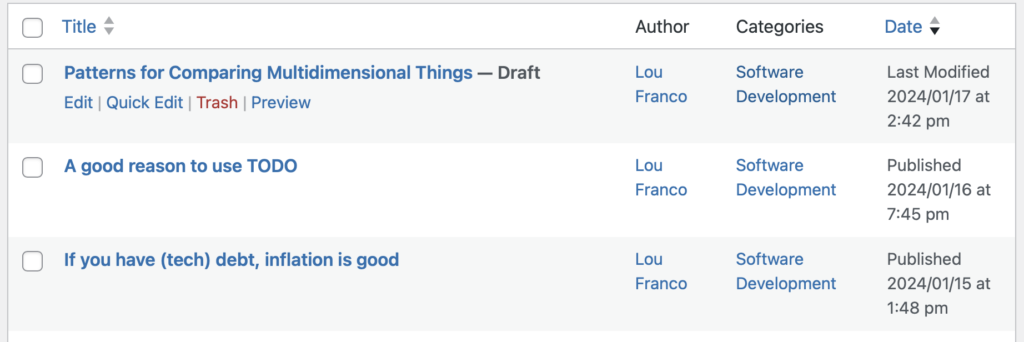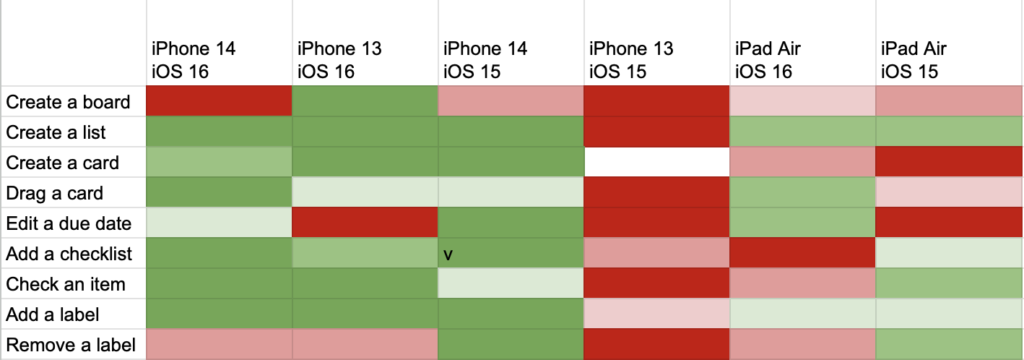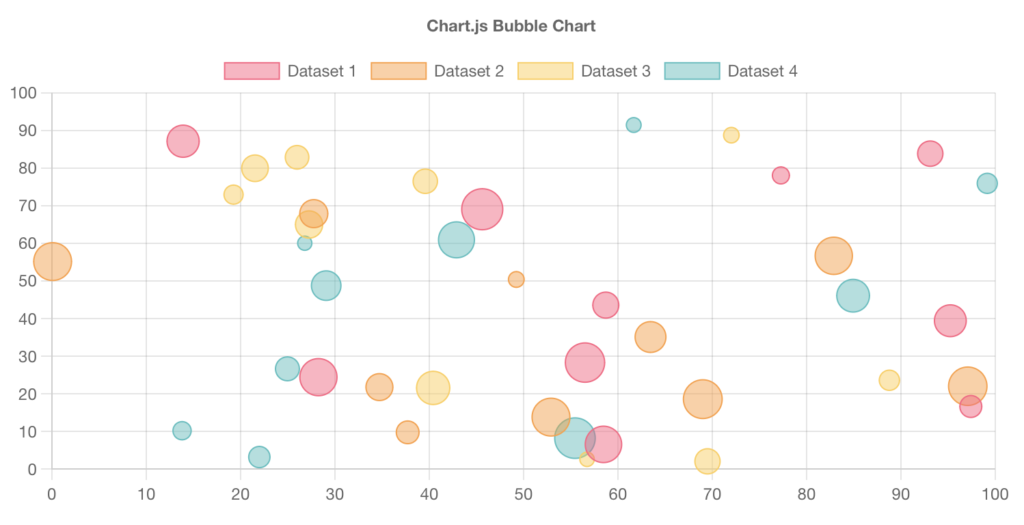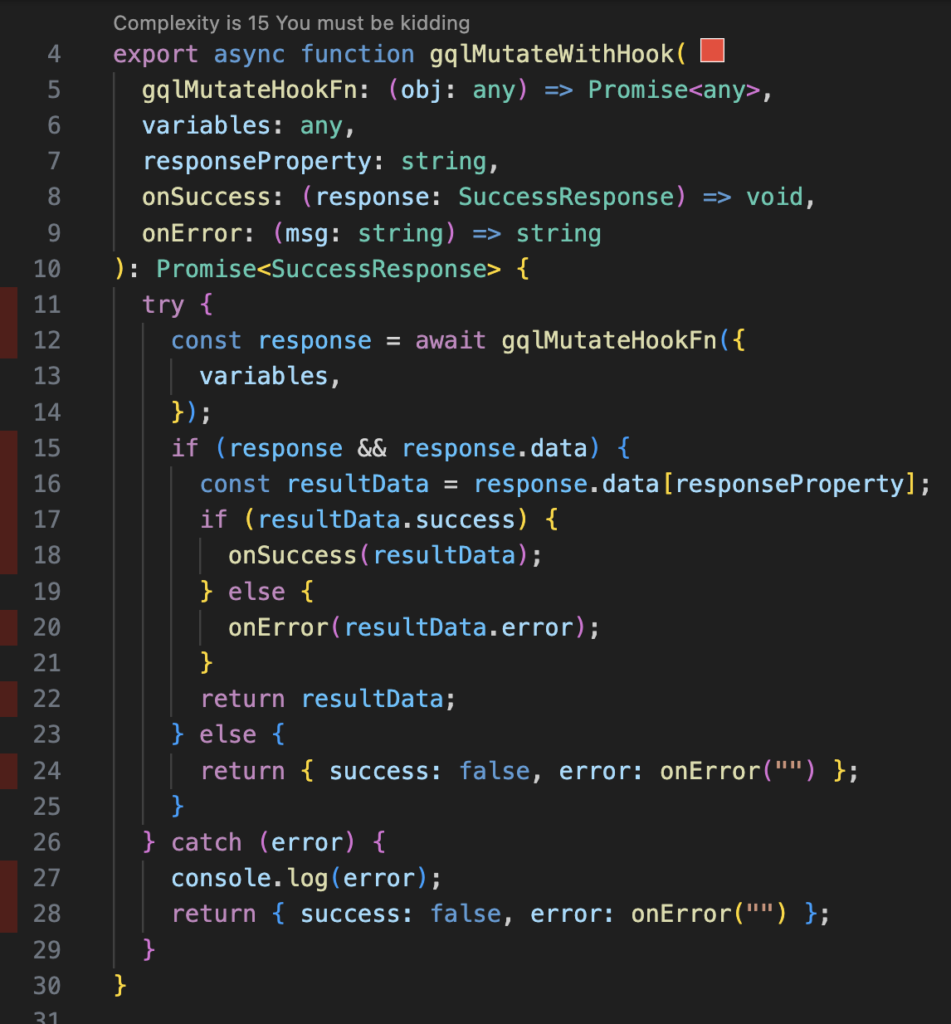The second discipline in The Four Disciplines of Execution (4DX) is to act on the lead indicators to accomplish a big and important long-term goal. To practice this discipline, pick some short-term thing that you could do at any time. You have to design it so that continuously achieving the lead indicator would eventually build up and achieve the long term goal. For example, I want to publish a book by June 30, but what I track is the number of days I work on it each week—my goal is five per week. Every day, I have a choice to do this. It’s a metric I can move at any time. I think it’s very likely that if I accomplish this goal every week, I will have a book by June 30.
The third discipline helps you stay on track by asking you to build a scoreboard that lets you know if you are winning. I track my lead indicators in my journal and with some software that I am working on. I also decided to use the Chronicling App on my iPhone to make it extra visible as a widget on my home screen. The scoreboards need to be visible enough so that you are constantly reminded of it. The bulk of my day is spent NOT working on the book, but I want to keep it top of mind so that I can put in at least an hour each day.
I would love to apply this to tiny tech debt payments. This is something I try to do almost every day, guided by the Tech Debt Detectors in my Editor. The work ends up in commits that go into the PR I’m working on because they are targeted in the area I am trying to change.
The commit is the leading indicator. Over the course of months, they will result in a cleaner codebase that is easier to work on. Each one contains a refactoring or a new test, but not every refactor or test counts. When I am doing TDD or just testing as I go, that’s not a debt payment. Neither is cleaning up a PR for review or removing a TODO in the grace period. So, I can’t just look for commits that add tests or commit messages with the word “refactor”.
To track these commits, I will use the string “[payment]” in the commit messages. My scoreboard is just:
git log --oneline | head -10 | grep -i '\[payment\]' | wc -l
which would show me the number of commits in the last 10 that were payments. My goal for now is that it not be 0. I run yarn lint and yarn test constantly, so I could just make them report the number.
If you are on a team working on a messy codebase, then adopting something like this gives you agency every day to make some kind of difference. If you do it, then invest the time to make a central scoreboard to make that work visible.







